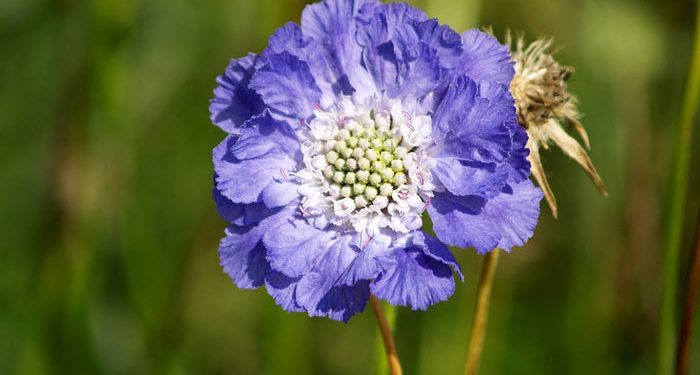The name was first used by Pierandrea Mattioli, a sixteenth-century Italian botanist, and physician, and possibly means ‘shaking in the wind’ (Ranunculaceae). This genus of 30 species, distinguished from Anemone only by minor botanical differences, includes some of the most […]
Aubrietia – Purple Rock Cress, False Wall Cress, Perennials Guide to Planting Flowers
Aubrietia – Purple Rock Cress, False Wall Cress – Arabis Early in the Spring, our eyes search for color in the garden. We grow the Rock Cress (Axabis) for white, Golden Alyssum for yellow, and Aubrietia for purple, rose, and […]
Aster – Michaelmas Daisy, Perennials Guide to Planting Flowers
Aster – Michaelmas Daisy The American who reads English books about gardens is thrilled by the love of the British for Michaelmas Daisies. He immediately hunts his own roadsides and delves into catalogs to acquire some of these lovely flowers. […]
Alyssum – Madwort, Basket of Gold, Perennials Guide to Planting Flowers
Alyssum – Madwort, Basket of Gold, Gold Dust, Goldentuft, Rockmadwort The various Alyssums have been known for a long time as one of the best, if not the best, edging plant for borders of all kinds. They have been combined […]
Scabiosa – Pincushion Flower, Perennials Guide to Planting Flowers
To those persons who are familiar with the annual sorts of Scabiosa, we need only say that the perennials resemble the annuals, except that the perennials have shorter florets at the center, while in the annual sorts the flowers are […]
Asphodel – King’s Spear, Perennials Guide to Planting Flowers
Asphodel – King’s Spear The classic Asphodel is rarely seen in gardens although its interesting, tall and stately spikes of yellow and white flowers are of interest to garden lovers. The Asphodels are variously cataloged as Asphodeline and Asphodelus; the […]
Polemonium – Jacob’s Ladder, Perennials Guide to Planting Flowers
Polemonium – Jacob’s Ladder, Charity, Greek Valerian Jacob’s Ladder is a very ornamental and graceful flowering plant of early Spring and Summer. The flowers are blue, or white, flat or bellshaped, and are borne in spikes; the foliage is very […]
Papaver – Oriental Poppy, Iceland Poppy, Perennials Guide to Planting Flowers
Papaver – Oriental Poppy, Iceland Poppy There are Poppies and Poppies, old-fashioned ones and new varieties, and it would almost seem that they grow more dazzling and more gorgeous each year. Perhaps they are grown in a greater number of […]
Growing Guide for Hepatica
Hepatica Plant Care Today I went out my back door and noticed that one of my rosebushes was, unexpectedly, sporting a fresh new flower bud. It was within a day or so of opening up–small, greenish and obviously defiant of […]
Helleborus – Perennial Plant, How to grow
From the Greek helein, to kill, bora, food; some species are poisonous (Ranunculaceae). Hellebore. Hardy perennials, often retaining their leaves through the winter, with thick fibrous roots. All flower early in the year and the flowers are long lasting. Most […]










